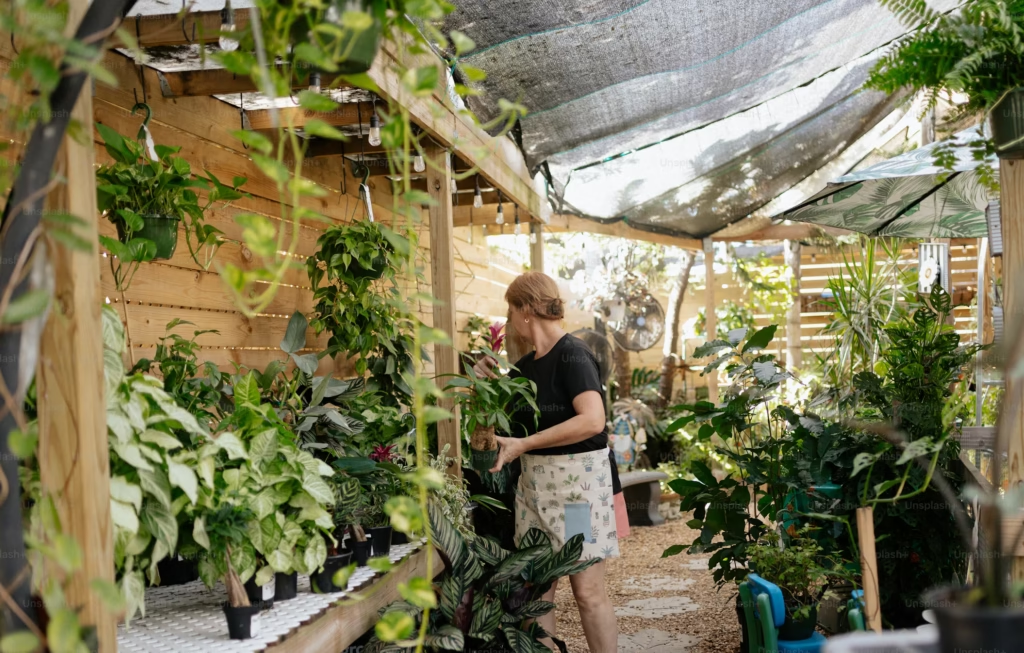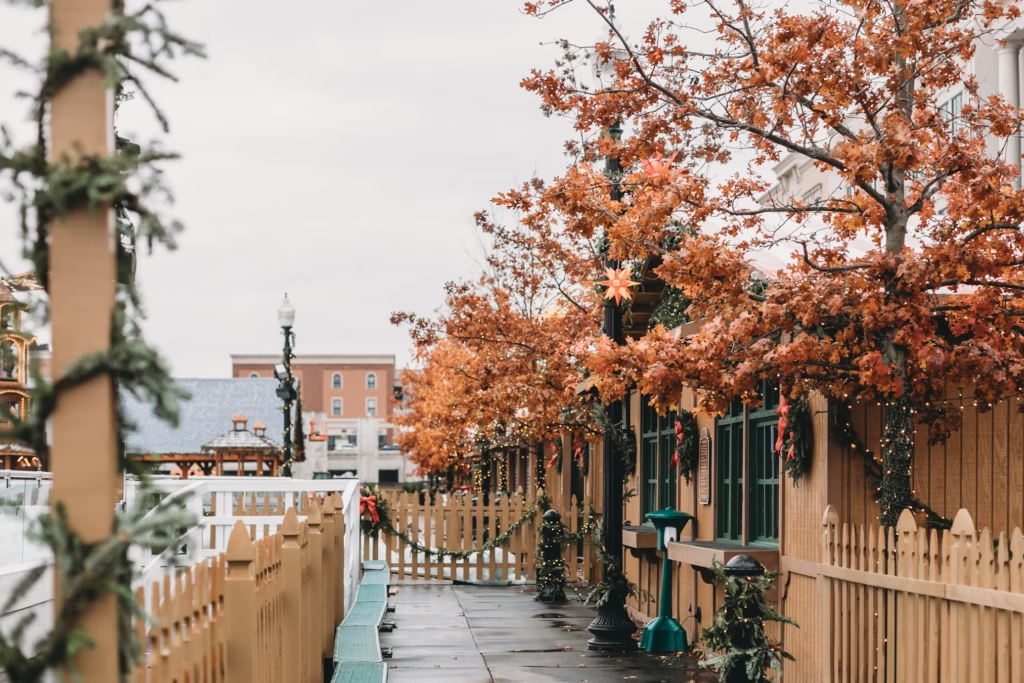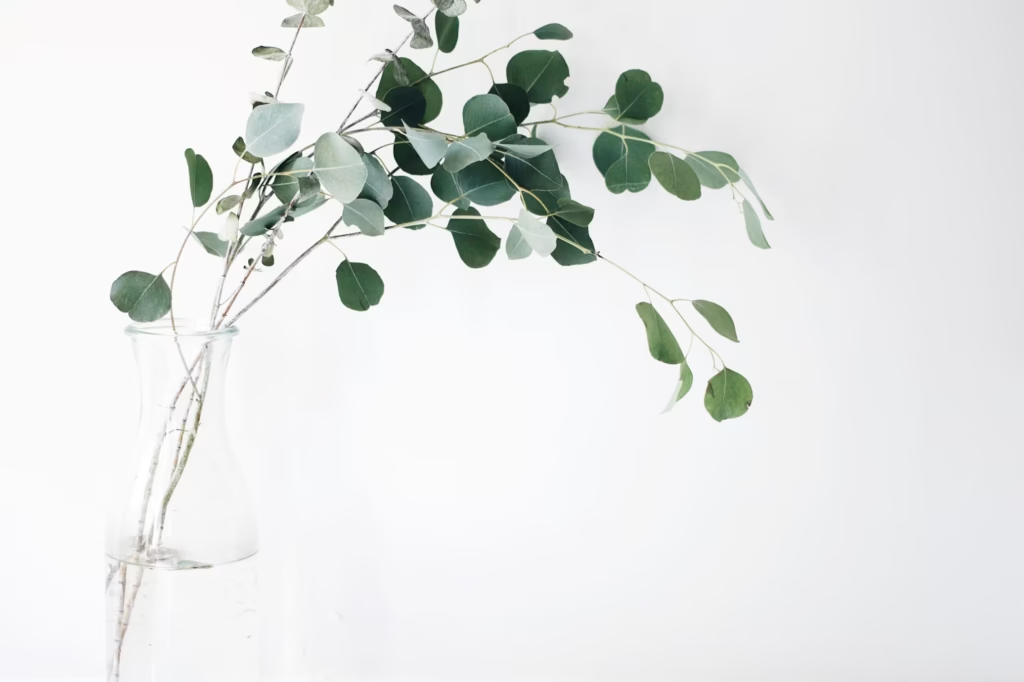
How to Create a Jungle-Inspired Indoor Garden
Creating a jungle-inspired indoor garden is a great way to bring a touch of nature and tropical vibes into your home. With lush greenery, diverse plant species, and layered textures, you can transform any space into your very own indoor jungle. Here’s a step-by-step guide to creating a vibrant, jungle-like atmosphere with houseplants.
1. Choose the Right Plants for a Jungle Theme
The foundation of any jungle-inspired garden is, of course, the plants. For that lush, dense look, choose a variety of plants that mimic the rich foliage of tropical jungles. Here are some popular choices:
- Ferns: Boston ferns, maidenhair ferns, and staghorn ferns provide a soft, leafy texture and thrive in humid conditions.
- Monstera: Known for its large, split leaves, the monstera (also known as the Swiss cheese plant) is a staple in jungle-themed gardens.
- Philodendron: With its heart-shaped leaves, philodendron varieties like the velvet-leaf or climbing philodendron add a sense of depth and height.
- Bird of Paradise: This striking plant has large, banana-like leaves and adds a tropical flair.
- Snake Plant (Sansevieria): The upright, sword-like leaves of the snake plant create a nice contrast to softer foliage and can thrive in low-light conditions.
- Pothos: This fast-growing vine can be trained to cascade or climb, filling the space with greenery.
Additionally, consider adding flowering plants like orchids and anthuriums for pops of color.
2. Layer Your Plants for Depth
To achieve a true jungle look, create layers of plants that vary in size and shape. Position taller plants, like the bird of paradise and monstera, at the back or center of your garden. In contrast, shorter plants, such as ferns or snake plants, can be placed at the front or along the edges.
- Tall plants at the back or center.
- Medium plants in the middle.
- Smaller plants like ferns or ground covers in the front.
The key is to create a dense, full effect where the plants feel like they’re growing naturally and lushly, just as they would in the wild.
3. Use Different Textures and Leaf Shapes
Jungle gardens are known for their variety of textures and shapes. To capture this, mix plants with different leaf types, such as:
- Large, bold leaves (monstera, elephant ears) for a tropical, dramatic look.
- Soft, feathery foliage (ferns, palms) for a delicate texture.
- Vining plants (pothos, philodendrons) for cascading greenery.
- Succulents (for a contrasting texture) like aloe or jade plants in between the larger, softer plants.
The contrasting textures will create visual interest and mimic the diversity found in a natural jungle setting.
4. Create Vertical Interest with Climbing and Hanging Plants
Incorporating vertical growth into your indoor garden will help recreate the feel of a dense jungle. Use plant supports, trellises, or hanging baskets to allow plants to grow upward or cascade down.
- Climbing plants like philodendron, pothos, and English ivy can be trained to grow up trellises or poles.
- Hanging plants like string of pearls, ivy, or air plants can be suspended from the ceiling or placed in hanging baskets.
Vertical plants draw the eye upward, making the space feel more expansive and giving it that “jungle canopy” effect.
5. Add Decorative Elements for Jungle Ambiance
To complete your jungle-inspired garden, add some decorative elements that enhance the tropical vibe:
- Natural Wood: Incorporate pieces of driftwood, bamboo, or rustic wooden planters for an earthy touch.
- Stone and Gravel: Place some small stones or gravel around the base of plants to create a natural floor covering.
- Moss: Adding moss to the base of plants or in between plant clusters can create a lush, jungle-like forest floor.
- Tropical Decor: Consider adding a few jungle-inspired accessories, like woven baskets, tropical-themed artwork, or animal figurines to elevate the theme.
The goal is to create a cohesive space that feels like a tropical rainforest retreat.
6. Keep Your Jungle Garden Moist and Humid
Tropical plants thrive in humid environments, so maintaining humidity is essential for a jungle garden. Here’s how to keep your indoor garden moist:
- Group plants together: Placing plants closer together helps retain moisture in the air, creating a microclimate of higher humidity.
- Use a humidifier: A humidifier can help maintain the moisture levels in the air, especially in drier indoor environments.
- Mist your plants: Lightly misting the leaves of your plants with water can increase the humidity around them.
- Pebble Tray: Place a tray filled with pebbles and water beneath your plants to help increase the moisture level.
Aim to keep the humidity levels between 50-60% for the best results.
7. Select the Right Lighting for Your Plants
Tropical plants generally prefer bright, indirect light. Too much direct sunlight can burn their leaves, so make sure you place your plants in spots where they receive filtered light. Here’s what you need to consider:
- Natural Light: Position your garden near a large window that gets plenty of indirect light. East or west-facing windows are ideal.
- Artificial Grow Lights: If natural light is scarce, you can supplement with full-spectrum LED grow lights, which mimic natural sunlight and promote plant health.
Monitor your plants and adjust their placement as needed. If the leaves start to yellow or brown, it could be a sign they need more or less light.
8. Maintain a Jungle Garden
To keep your indoor jungle thriving:
- Watering: Tropical plants typically need to be watered when the top 1-2 inches of soil dry out. Be sure not to overwater, as it can lead to root rot.
- Pruning: Regularly prune your plants to maintain their shape and remove any dead or yellowing leaves. This encourages healthy growth and a tidy appearance.
- Fertilizing: During the growing season (spring and summer), fertilize your plants once a month with a balanced, water-soluble fertilizer to encourage lush growth.
Conclusion
Creating a jungle-inspired indoor garden is a fun and rewarding project that brings nature indoors. By selecting the right plants, layering them for depth, and incorporating elements like vertical growth, humidity, and natural decor, you can transform your home into a vibrant, green paradise. Whether you have a small apartment or a spacious living room, an indoor jungle adds a peaceful, tropical retreat right at your fingertips. Happy gardening!



